Turner, Constable, the Pre-Raphaelites, and much more. Virtually explore the Tate with Smarthistory as your guide.
Some background
videos + essays
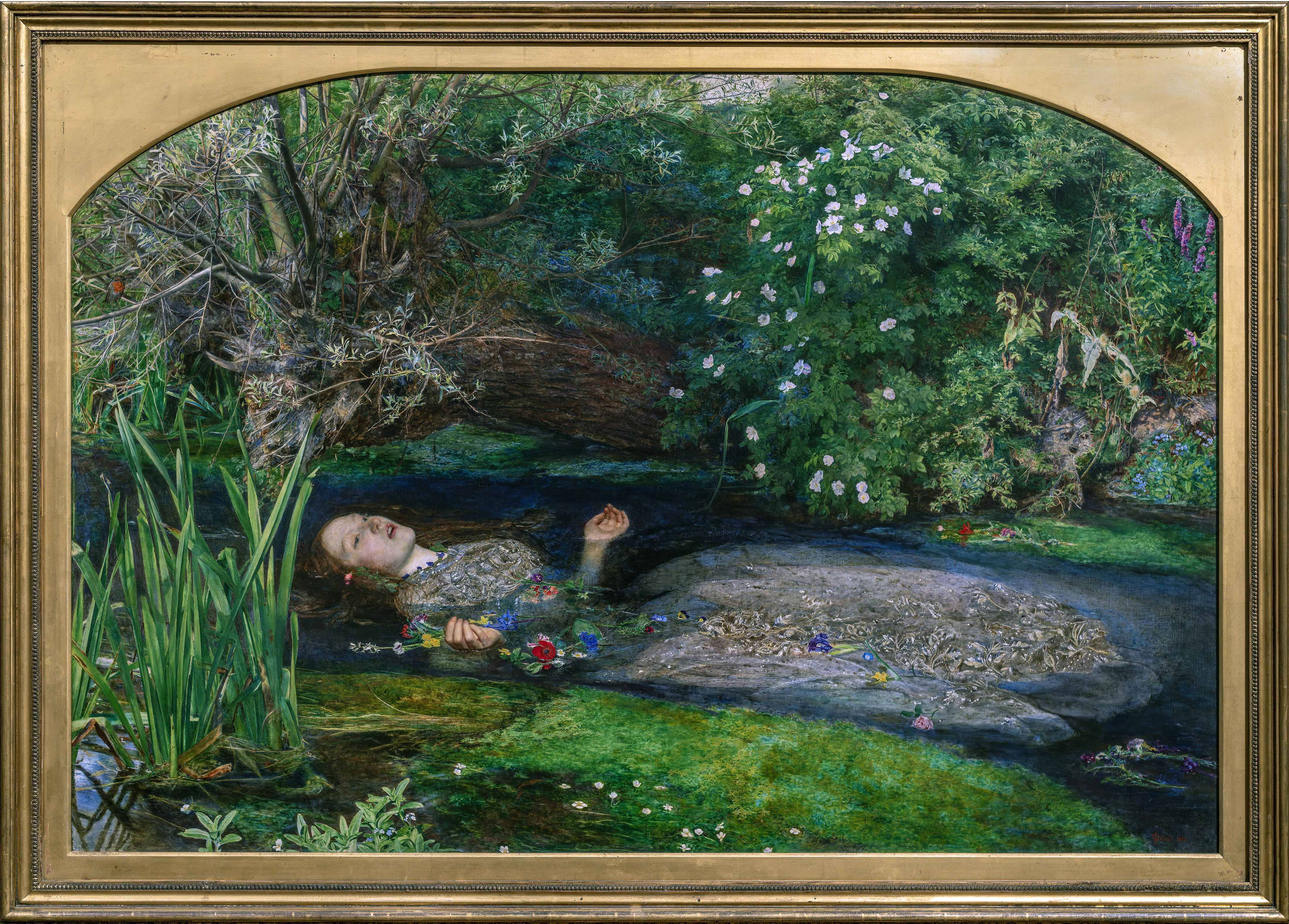
Sir John Everett Millais, Ophelia
The botanical accuracy of this painting is impressive, but its production wasn’t without its challenges for Millais.
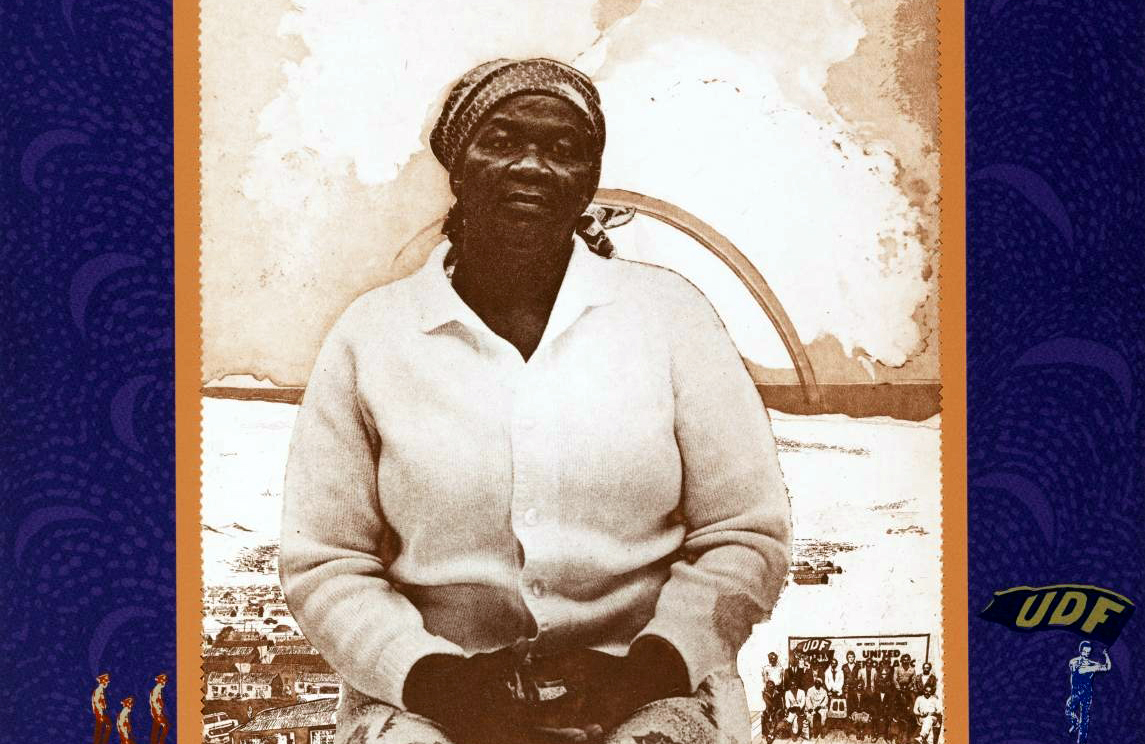
Sue Williamson, Albertina Sisulu
Williamson celebrates the leadership and courage of anti-apartheid activist Albertina Sisulu in this powerful portrait.

J.M.W. Turner, Snowstorm: Hannibal and his Army Crossing the Alps
Turner’s sublime landscape relates to the ancient past to his 19th-century present.
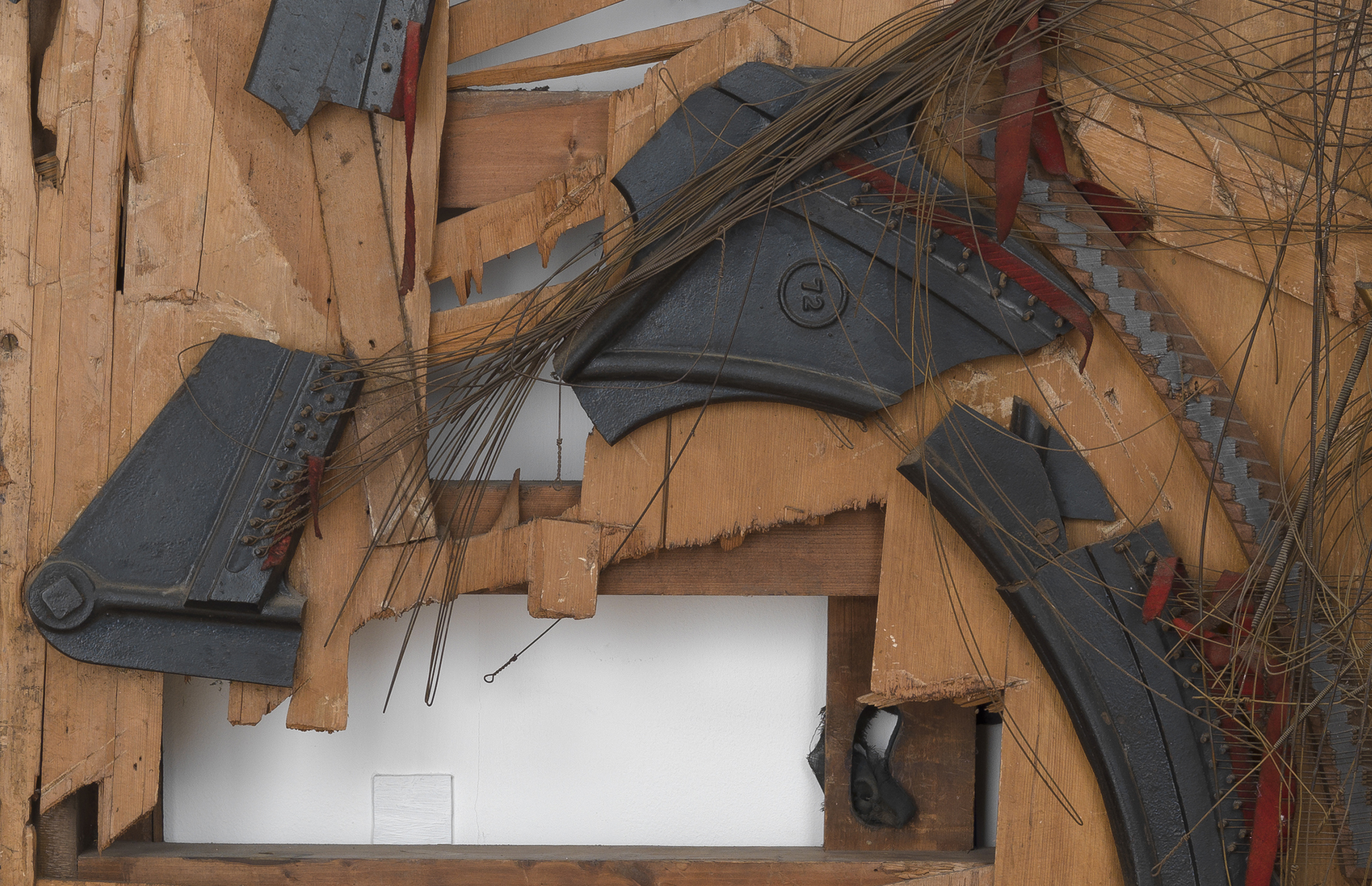
Raphael Montañez Ortiz, Duncan Terrace Piano Destruction Concert: The Landesmans’ Homage to “Spring can really hang you up the most”
What makes a destroyed piano a work of art?
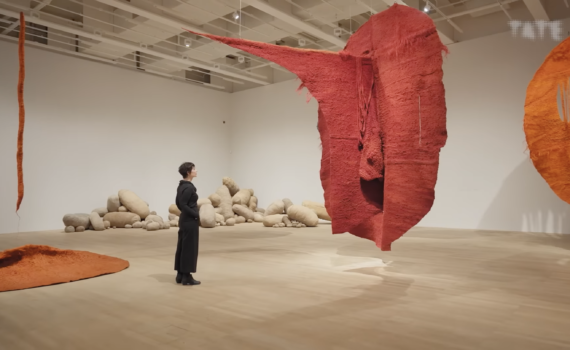
Step inside Magdalena Abakanowicz’s forest of woven sculptures
Magdalena Abakanowicz's sculptures defied categorization, seeming like coats or cocoons that tempted you to crawl inside, or hairy living creatures suspended from the gallery ceiling.
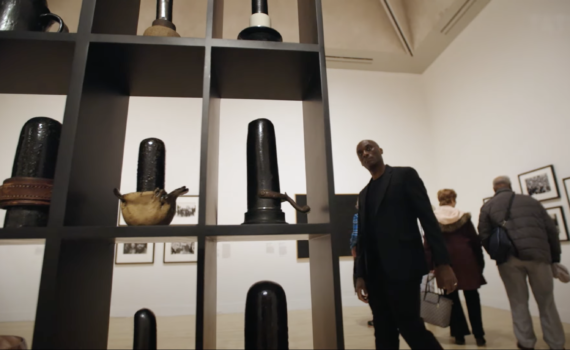
The Black Atlantic: Toppled Monuments and Hidden Histories
Culture writer and curator Ekow Eshun explores monuments and hidden histories through the work of Donald Locke and Hew Locke.
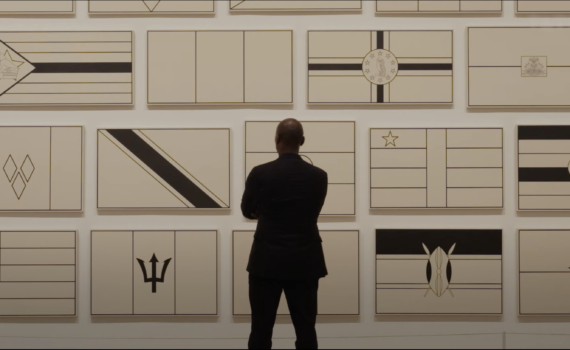
The Black Atlantic: Identity and Nationhood
culture writer and curator Ekow Eshun considers identity and nationhood through the work of Ellen Gallagher, Lubaina Himid, John Akomfrah, Chris Ofili and Fred Wilson.
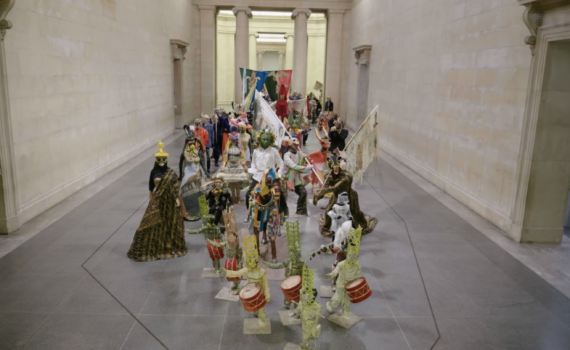
The Black Atlantic: Afterlives of Slavery in Contemporary Art
Culture writer and curator Ekow Eshun looks at the afterlives of slavery in contemporary artistic practice through the work of Kara Walker, Alberta Whittle, and Hew Locke.
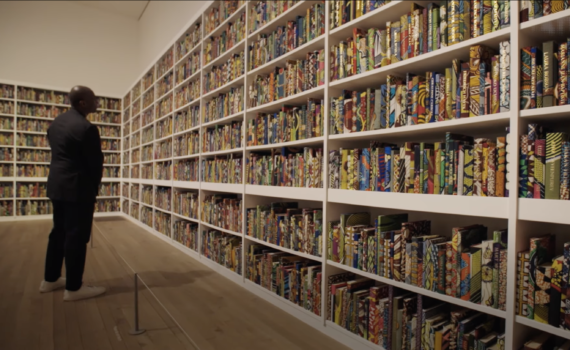
The Black Atlantic: What is the Black Atlantic?
Culture writer and curator Ekow Eshun searches for a definition of the Black Atlantic, drawing on the works of JMW Turner, Ingrid Pollard, Isaac Julien and Yinka Shonibare.
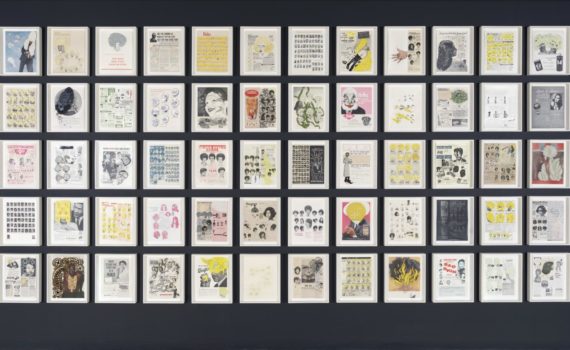
Ellen Gallagher, DeLuxe
Based on magazines dating from the 1930s to the 1970s aimed at African-American audiences, Gallagher's witty and sophisticated interventions emphasize the complex construction of identity.
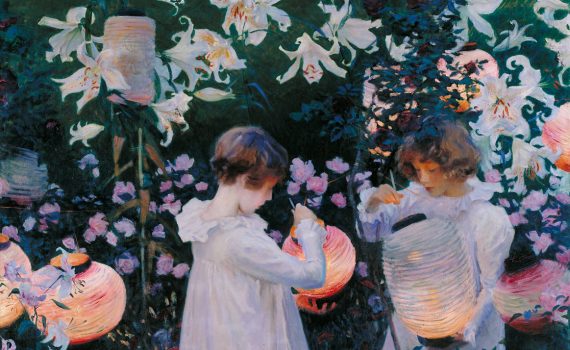
John Singer Sargent, Carnation, Lily, Lily, Rose
Singer Sargent’s evocative canvas turns a sweet, ordinary scene into a symphony of shapes and colors.
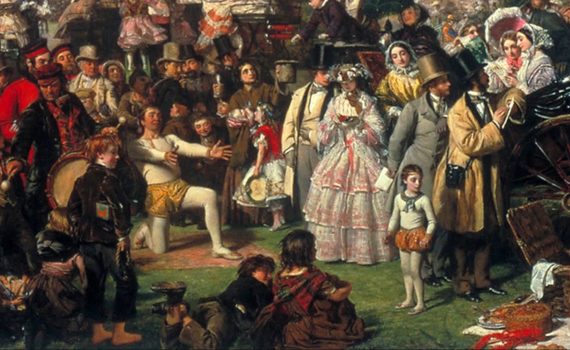
William Powell Frith, Derby Day
Everyone wanted to have a look at the cast of characters Frith created—their variety provides the modern viewer with a fascinating glimpse into Victorian life.

